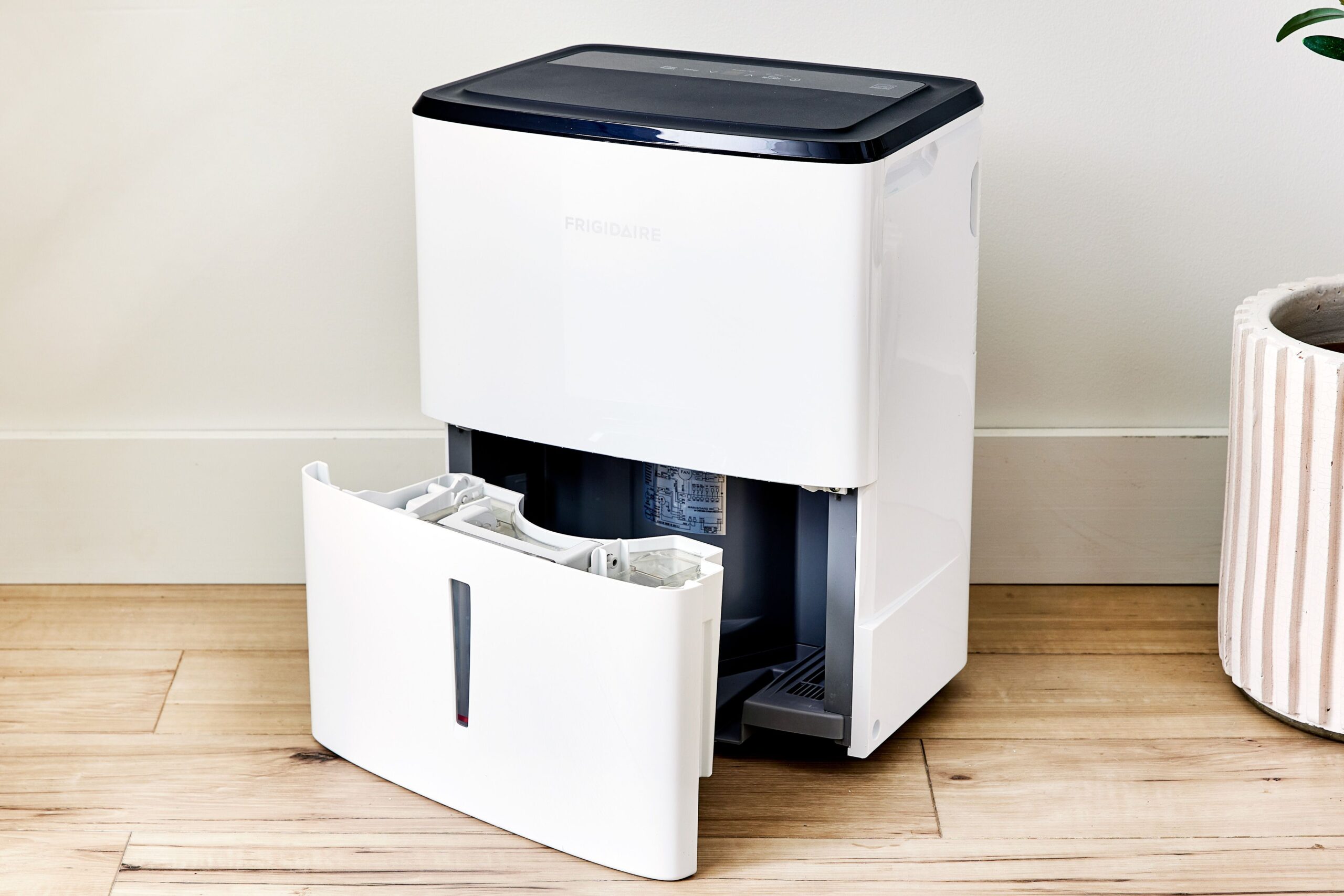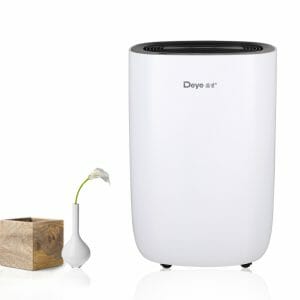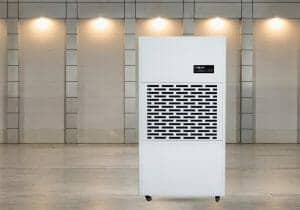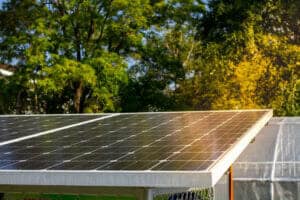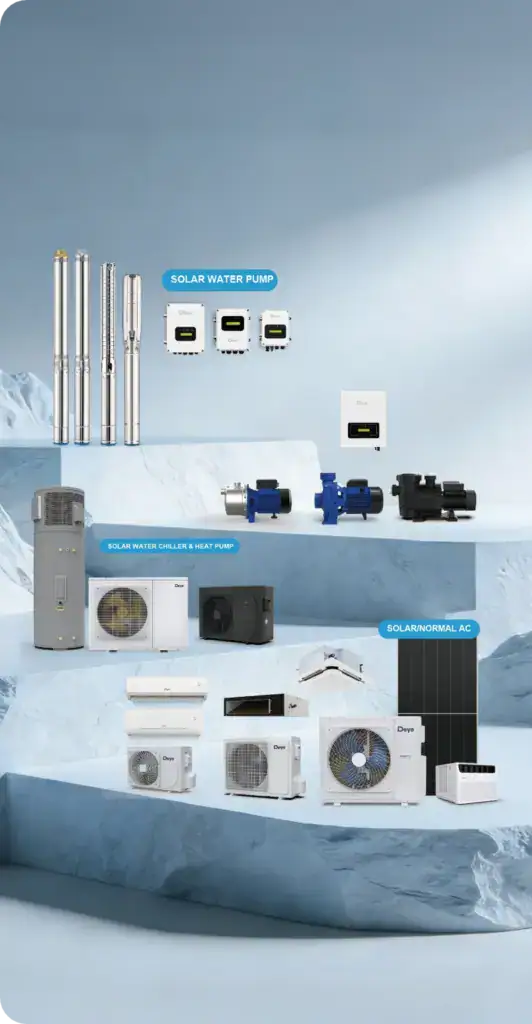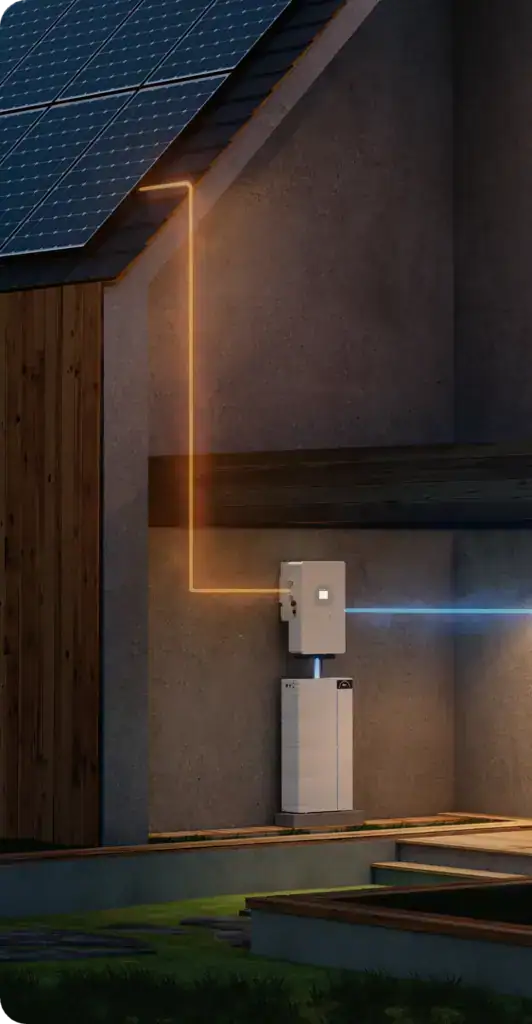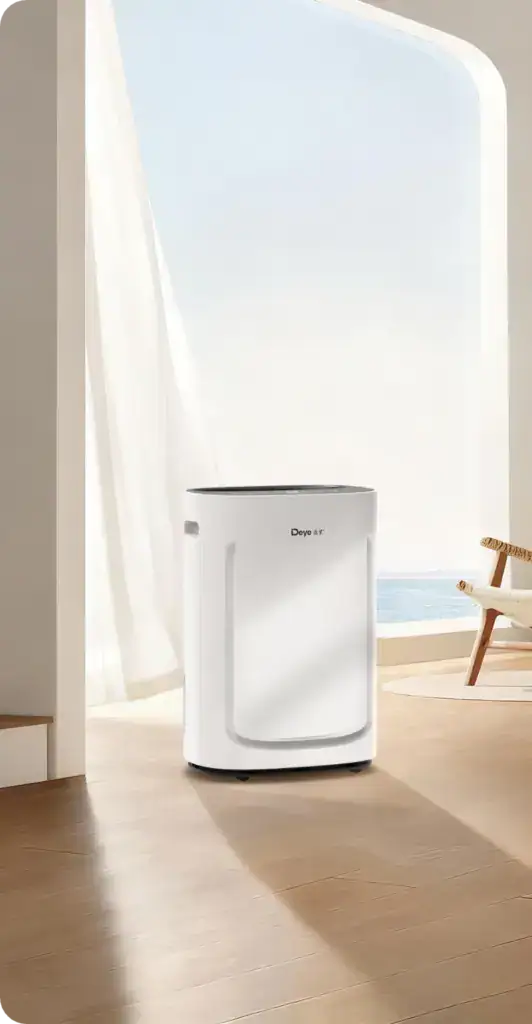Are you looking to power your home with clean energy? Solar inverters and normal inverters both convert electricity, but they work in different ways. Let’s explore the key differences between these two types of inverters.
Solar inverters change DC power from solar panels into AC power for your home, while normal inverters convert DC power from batteries to AC power during outages. Solar inverters are made just for solar power systems. They help you use the sun’s energy to run your appliances and lights. Normal inverters kick in when the power goes out, using stored battery power to keep things running.
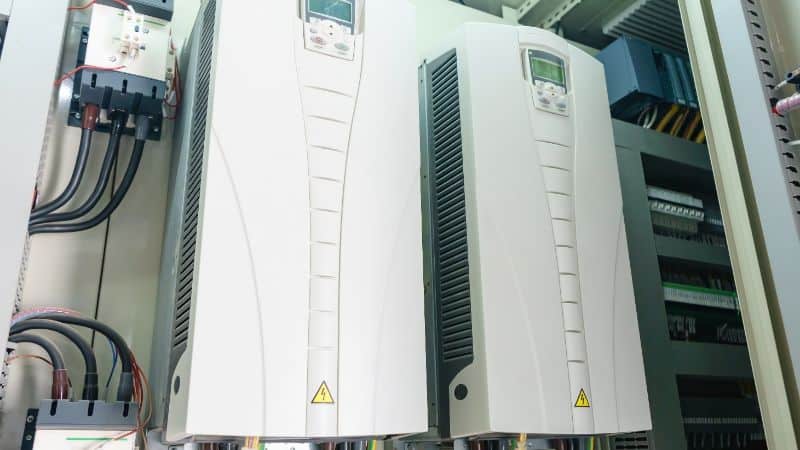
You might wonder which type is best for your needs. Solar inverters can save you money over time and are better for the environment. Normal inverters cost less upfront but don’t give you the same long-term benefits. Your choice depends on your goals, budget, and how much you care about using clean energy.
Understanding Inverters
Inverters are devices that change direct current (DC) to alternating current (AC). They play a key role in both solar and normal power systems. Let’s look at how inverters work and the main types.
Basics of Inverter Technology
Inverters take DC power and turn it into AC power that your home appliances can use. They do this by quickly switching the direction of the electric current back and forth. This creates a sine wave pattern that mimics the AC power from the grid.
The quality of an inverter affects how well it can make this AC power. Better inverters make smoother sine waves. This means cleaner power for your devices.
Inverters also control voltage and frequency. They make sure the power they put out matches what your appliances need.
Types of Inverters
There are two main types of inverters: solar and normal.
Solar inverters work with solar panels. They take the DC power made by the panels and turn it into AC power for your home. These inverters can also:
- Track how much power your solar system makes
- Turn off if there’s a power outage for safety
- Connect to the internet for monitoring
Normal inverters are used in backup power systems. They change DC power from batteries into AC power. You might use one of these if:
- You live off-grid
- You want backup power during outages
- You need portable power
Both types come in different sizes. The size you need depends on how much power you want to use.
Solar Inverters: An Overview
Solar inverters turn the DC power from solar panels into usable AC power for your home. They’re a key part of any solar energy system. These devices have special features to work with solar panels and can connect to the power grid.
Key Features of Solar Inverters
Solar inverters have built-in safety systems. They shut off if the grid power goes out. This keeps utility workers safe when they’re fixing power lines.
Many solar inverters can track how much energy your panels make. You can check this info on your phone or computer. It helps you see how well your system is working.
Some newer solar inverters work with batteries. This lets you store extra power for later use. It’s handy when the sun isn’t shining or during power outages.
Solar inverters are made to last outdoors. They can handle heat, cold, and rain.
How Solar Inverters Work
Solar panels make DC electricity when sunlight hits them. The solar inverter changes this DC power into AC power that your home can use.
The inverter checks the power coming from your panels. It adjusts to get the most energy possible. This is called maximum power point tracking (MPPT).
As the day goes on, the inverter keeps working. It changes the DC power to AC power in real-time.
If you make more power than you need, some inverters can send the extra to the grid. This might earn you credits on your power bill.
At night, the inverter stops working. It starts up again when the sun rises and your panels start making power.
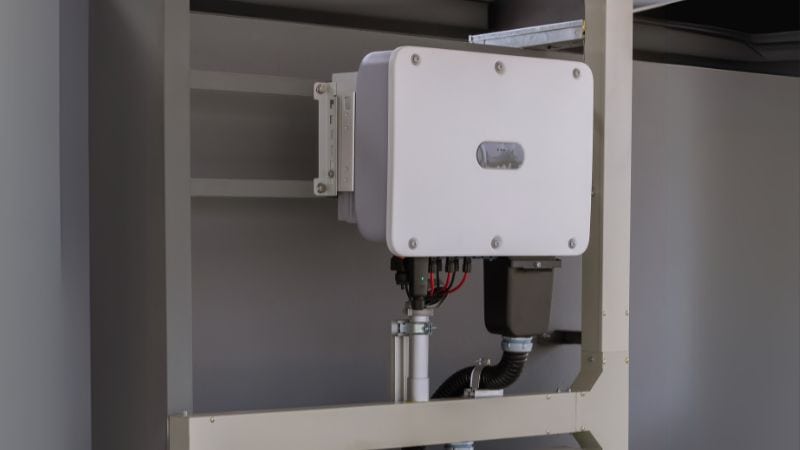
Normal Inverters: An Overview
Normal inverters change DC power to AC power. They’re used in homes and businesses to run appliances and electronics. These devices are different from solar inverters in a few key ways.
Functionality of Normal Inverters
Normal inverters take DC power from batteries and turn it into AC power. This process happens in a few steps:
- The inverter boosts the DC voltage.
- It then switches the DC current back and forth.
- Finally, it smooths out the AC wave.
Normal inverters come in different sizes. Small ones can power a few lights. Large ones can run an entire house. They’re great for backup power during outages.
You can find two main types of normal inverters:
- Modified sine wave
- Pure sine wave
Pure sine wave inverters are better for sensitive electronics. They’re more expensive but provide cleaner power.
Applications of Normal Inverters
You’ll find normal inverters in many places. They’re common in:
- Homes for backup power
- RVs and boats
- Construction sites
- Outdoor events
These inverters let you use AC appliances where only DC power is available. For example, you can run a TV in your car with a normal inverter.
In homes, normal inverters often connect to battery systems. This setup gives you power when the grid is down. It’s not as green as solar, but it’s reliable.
Businesses use larger normal inverters too. They’re part of uninterruptible power supplies (UPS). These systems keep computers and servers running during power cuts.
Solar Inverter vs Normal Inverter
Solar and normal inverters have key differences in how they work and what they’re best used for. Let’s look at how they compare in terms of efficiency, costs, and where each type works well.
Power Efficiency
Solar inverters are usually more efficient than normal inverters. They can turn up to 98% of DC power from solar panels into AC power for your home. Normal inverters typically convert 90-95% of power.
Solar inverters are made to work with changing sunlight levels. They adjust their output to match what the solar panels produce. This helps you get the most power possible from your system.
Normal inverters don’t need to deal with changing input power. They’re simpler but less flexible.
Cost Implications
Solar inverters cost more upfront than normal inverters. They can make up about 30% of a solar system’s total price. But they often save you money in the long run.
Normal inverters are cheaper to buy at first. They’re a good choice if you just need backup power during outages.
Over time, solar inverters can help you save on electric bills. They let you use free solar energy and sometimes sell extra power back to the grid.
Suitability for Different Environments
Solar inverters work best in sunny areas. They’re great for homes with good roof space for solar panels. They also fit well in places with high electric rates or green energy goals.
Normal inverters are good for any home that wants backup power. They don’t need special setup like solar panels.
In areas with frequent power cuts, normal inverters provide reliable backup. But in places with stable power and lots of sun, solar inverters offer more benefits.
Your choice depends on your energy needs, budget, and local climate. Think about how much sun you get and how often you lose power.
Choosing the Right Inverter for Your Needs
Picking the best inverter depends on your power needs and setup. Think about how much energy you use and where you’ll install the system.
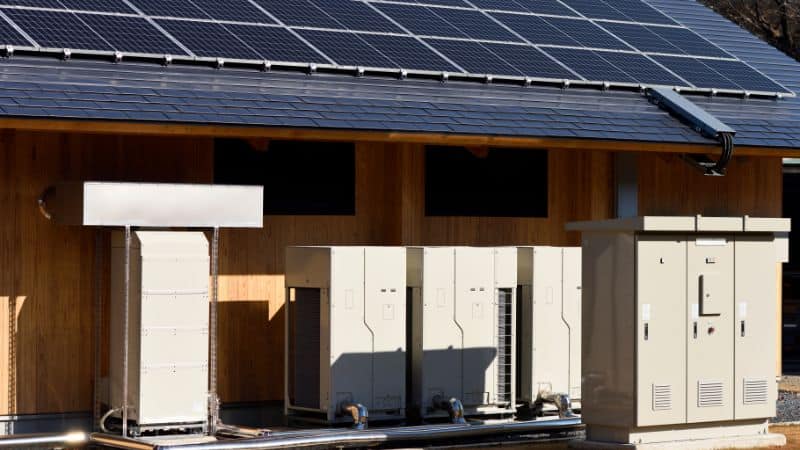
Assessing Energy Requirements
Look at your electricity bills to see how much power you use. This helps you pick the right size inverter.
Solar inverters come in different wattages. Match the size to your solar panel system. A 5 kW system usually needs a 5 kW inverter.
Normal inverters should cover your key appliances during outages. Add up the watts of things like:
- Fridge: 150-400 watts
- Lights: 60-75 watts each
- TV: 80-400 watts
- Computer: 60-300 watts
Choose an inverter with 20-30% more capacity than you need.
Considerations for Installation
Think about where you’ll put the inverter. Solar inverters often go outside near the electric meter. They need to be:
- Out of direct sun
- Away from rain and moisture
- In a well-ventilated spot
Normal inverters usually go inside. Find a cool, dry place like a garage or utility room. Leave space around it for air flow.
Check if you need permits. Some areas have rules about electrical work. You might need a pro to install it safely.
Choosing the Right Inverter
If you are selecting an inverter for your solar energy system, Deye inverters are a top choice. Equipped with maximum power point tracking (MPPT), Deye inverters adjust output based on real-time solar conditions, ensuring optimal performance throughout the day.
Deye inverters are suitable for outdoor installation in various weather conditions. With a range of sizes available, they can meet different power requirements. They also feature built-in monitoring, allowing you to track energy production easily via smartphone or computer.
Contact us now to discuss your specific needs.

